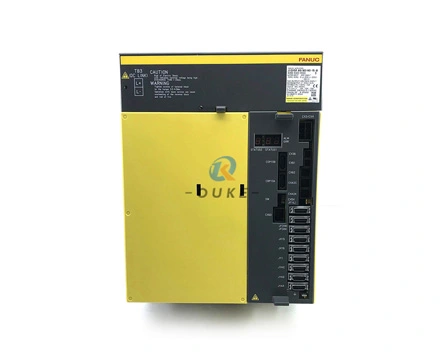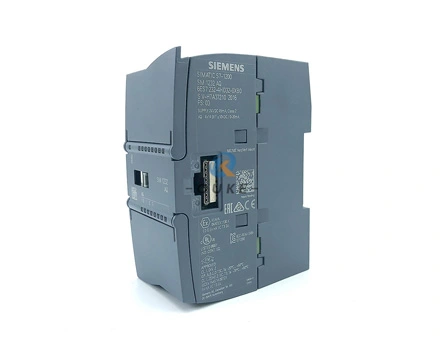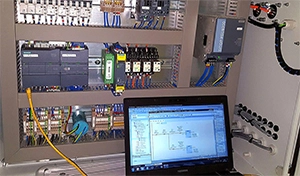
Rotary encoder is used in many fields such as automation technology, printing, robotics and so on. The selection of rotary fanuc spindle encoder used in the system mainly depends on the accuracy requirements of the system and whether the application requires position control or speed control. Before selecting the fanuc encoder, the following factors need to be considered: positioning accuracy, speed stability, noise, power loss, bandwidth, etc.
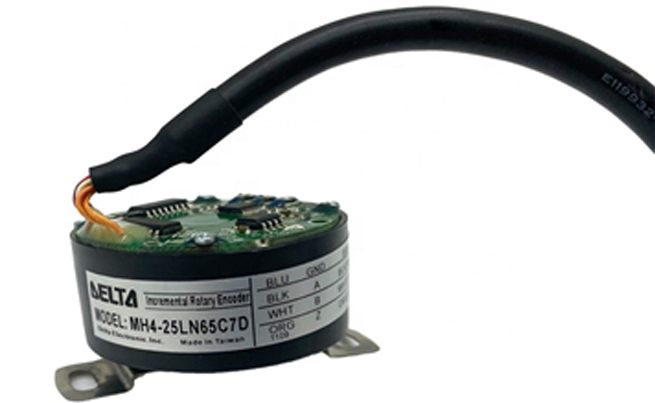
The positioning accuracy depends entirely on the requirements of the application. For example, the resolver usually has one signal period per revolution, so its resolution is low, and the accuracy is usually in the range of ±500arcsec. If interpolated in the drive electronics, it can usually result in 16384 positions per revolution.
Induction scanning systems can provide higher resolution, usually in the range of 32 signal cycles per revolution, resulting in an accuracy in the range of ±280arcsec. The interpolation in this case is inside the induction encoder and can produce 131072 positions per revolution.
Optical rotary encoder has a very fine scale, usually 2048 signal cycles per revolution, so its resolution is higher. Its output resolution is 25 bits, there are 33554432 positions per revolution, and the accuracy is within ±20arcsec.
In order to ensure smooth driving performance, the laser encoder must provide a large number of measurement steps at each revolution. However, engineers also need to detect the quality of encoder signal. In order to obtain higher resolution, the scanning signal must be interpolated. Insufficient scanning and contaminated measurement standards will cause the signal to deviate from the ideal state. Errors may occur during interpolation. Therefore, the error in a signal period is also called interpolation error. For high quality encoders, these errors are usually 1% to 2% of the signal period.
Interpolation error will adversely affect the positioning accuracy and significantly reduce the speed stability of the driver. The speed controller calculates the nominal current for driving or accelerating the driver according to the error curve. At low feed rate, the feed drive lags behind the interpolation error.
The bandwidth is affected by the stiffness of the coupling between the motor shaft and the encoder shaft and its natural frequency. The high-resolution encoder can work within the specified acceleration range. Its value usually ranges from 55 to 2000 Hz. However, if problems occur during use or installation, resulting in long-term resonance, it will affect the performance of coding and even cause damage.
The natural frequency varies with the coupling design of the stator. In general, in order to obtain the best performance, the higher the natural frequency, the better. The most important thing is to ensure that the encoder bearing and motor bearing are perfectly aligned. This will increase the service life of the encoder bearing and provide high-quality natural frequency and acceleration characteristics. In addition, this configuration eliminates restrictions on drive bandwidth.
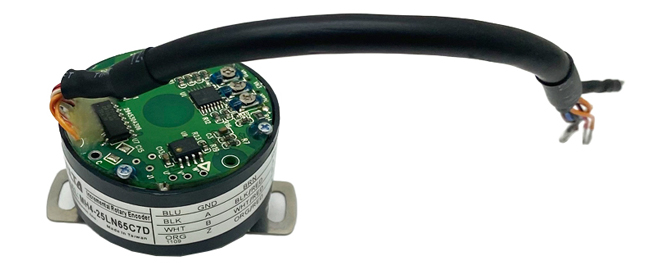
To sum up, many factors need to be considered when selecting a suitable rotary magnetic encoder. Although the positioning accuracy is very important in the consideration process, some other characteristics will also affect the performance of the rotary quadrature encoder.
 English
English 日本語
日本語 한국어
한국어 français
français Deutsch
Deutsch Español
Español italiano
italiano русский
русский العربية
العربية Türkçe
Türkçe Jawa
Jawa